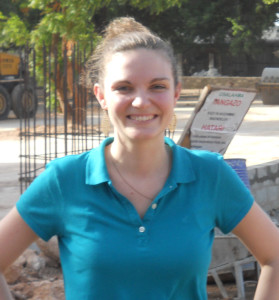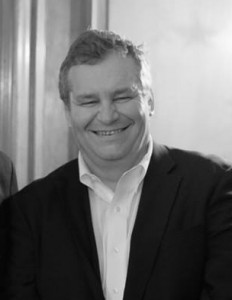“Things Fall Apart” – A Story from the Field by Dr. Yoni Barnhard, Kupona Foundation President
The OB ward is long, barrack-shaped, concrete. Triage begins in a foyer. Perhaps 20 women in colorful khangas waiting for a nurse-midwife to check them in and do an initial assessment. Cervical dilation. Blood pressure. A few questions. Eventually these women will join about 45 others in various stages of labor and with a variety of high-risk conditions. Malaria. Previous C-section. Pre-eclampsia. There is so much going on in that small space. Read More
It is not possible to know what to do first.
Rose, age 20, did absolutely everything right – first prenatal visit at 12 weeks, six more during her pregnancy, all the right lab tests. She came in in early labor on 27 April. We saw her on 3 May. Along with 64 other women in labor. She was in the cot at the end of the ward.
There is no morning report or hand-off. It is not a problem, until it is a problem. With the limited resources available, people can respond to problems only when they occur rather than proactively preventing them.
Rose was in the normal labor pile, her prenatal record poorly filled out, partographs rarely used. It was not easy to decipher her story from the chart. Before we even got to that story, we heard a loud cry and saw Rose was about to deliver. She was walked through the double doors and helped onto a delivery bed. It took a long time for the head to deliver. It was immediately obvious. A fresh stillbirth.
The last exam was 24 hours earlier. 7 cm dilated. She should have been delivered long ago. Days ago. The last fetal heart rate was also taken 24 hours earlier. Eight checks in eight days of labor. None in 24 hours. In active labor. In a health care facility.
Much will need to change. And it can change. Must change.
The numbers frame the story. Rose is not just one of those numbers. She is the loud cry at the end of the ward.



